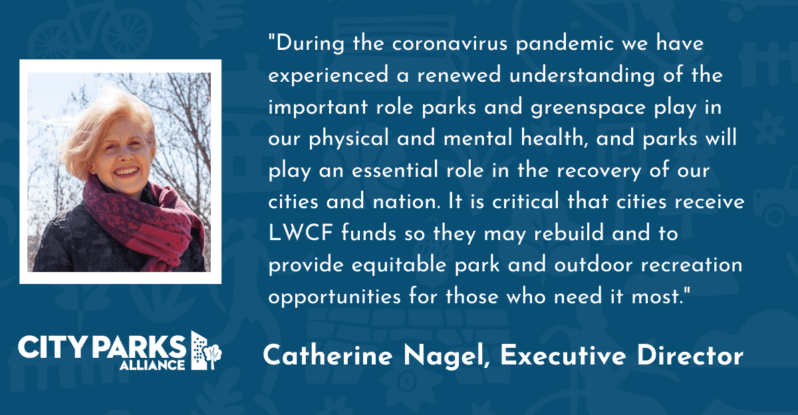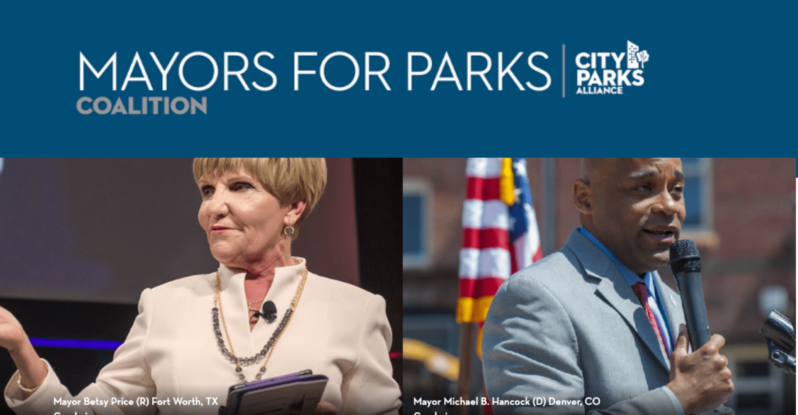City Parks Alliance releases the latest video in the five-part series, “City Parks: America’s New Infrastructure,” focused on the role of linear parks in providing transportation options to city residents. With growing urban populations and aging infrastructure, local governments and their city planners are taking a fresh look at parks to help address some of the greatest urban challenges—from stormwater management and flood prevention to reducing public health costs to economic revitalization and job growth.
“Linear parks, including bike and walking trails, provide multiple benefits to cities, from transportation options to connecting communities, to spurring private investment. It’s time to recognize the diverse benefits of city parks,” said Catherine Nagel, executive director of City Parks Alliance. “Our series, City Parks: America’s New Infrastructure, documents dozens of parks of various types and sizes that are helping drive economic growth while addressing other urban challenges. As we look to rebuild urban infrastructure, parks must be included.”
The latest video focuses on the Fairmount Park System in Philadelphia, PA, The 606 in Chicago, IL, and The Lafitte Greenway in New Orleans, LA, and how the parks are providing commuter access to jobs and retail, as well as recreational walking and cycling needs. According to recent research from Georgia Institute of Technology, 80% of cyclists on the Lafitte Greenway and 64% of cyclists on The 606 are using these linear parks to serve transportation needs. The Schuylkill River Trail in Fairmount Park connects the city to surrounding suburbs and will eventually become part of a 130-mile trail linking Philadelphia to rural Schuylkill County. Since August 2015, more than 2 million pedestrian and bicycle trips have taken place on the Schuylkill River Trail in Center City. In the first 10 months of 2016, 48.5% of all weekday bicycle trips and 44.4% of all weekday pedestrian trips on the Schuylkill River Trail in Center City occurred during commuting hours.
“City parks are helping shape the culture and improve the design of cities by addressing transportation needs and many other urban challenges. Parks provide flood mitigation benefits, transportation options, and drive private investment that can jump-start local economies and create new and lasting jobs,” continued Nagel.
The videos, research, and supporting materials for government officials, urban planners, and others are available at cityparksalliance.org/resource/parks-as-infrastructure/. When additional videos are released they will also be added to the page.
Rebuilding our national infrastructure has long been a major concern for urban populations and elected officials. Increasingly, there has been a renewed interest in figuring out ways to rebuild and strengthen our roads, railways, bridges, and water systems. Urban parks can and should play a profound role in any rebuilding efforts, as they are essential infrastructure for 21st-century cities. Parks are mixed-use and can be incorporated into transportation plans, mitigate flooding and stormwater runoff, reduce urban heat island effects and air pollution, and improve health outcomes by making it easier for residents to stay active outdoors.



